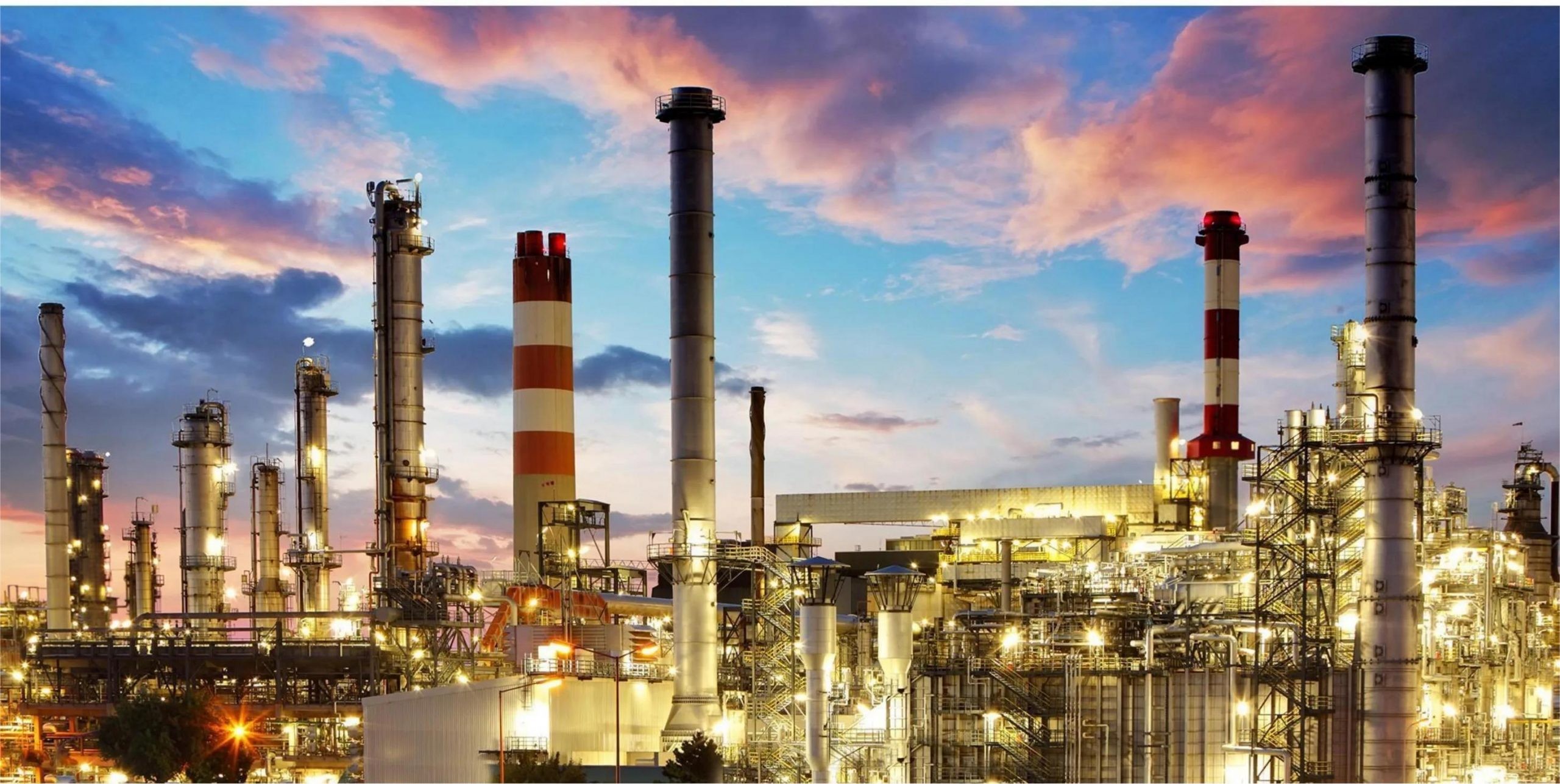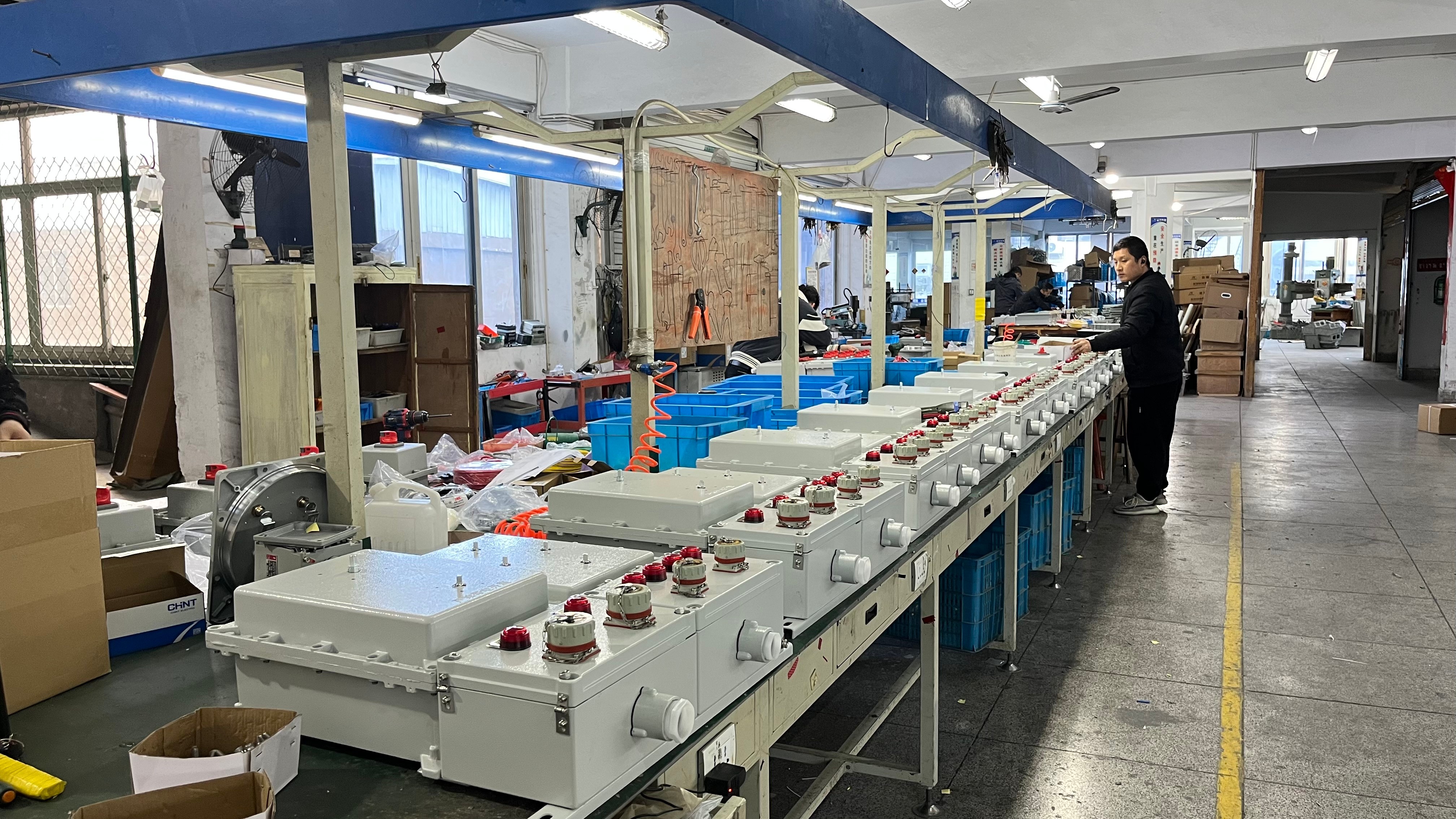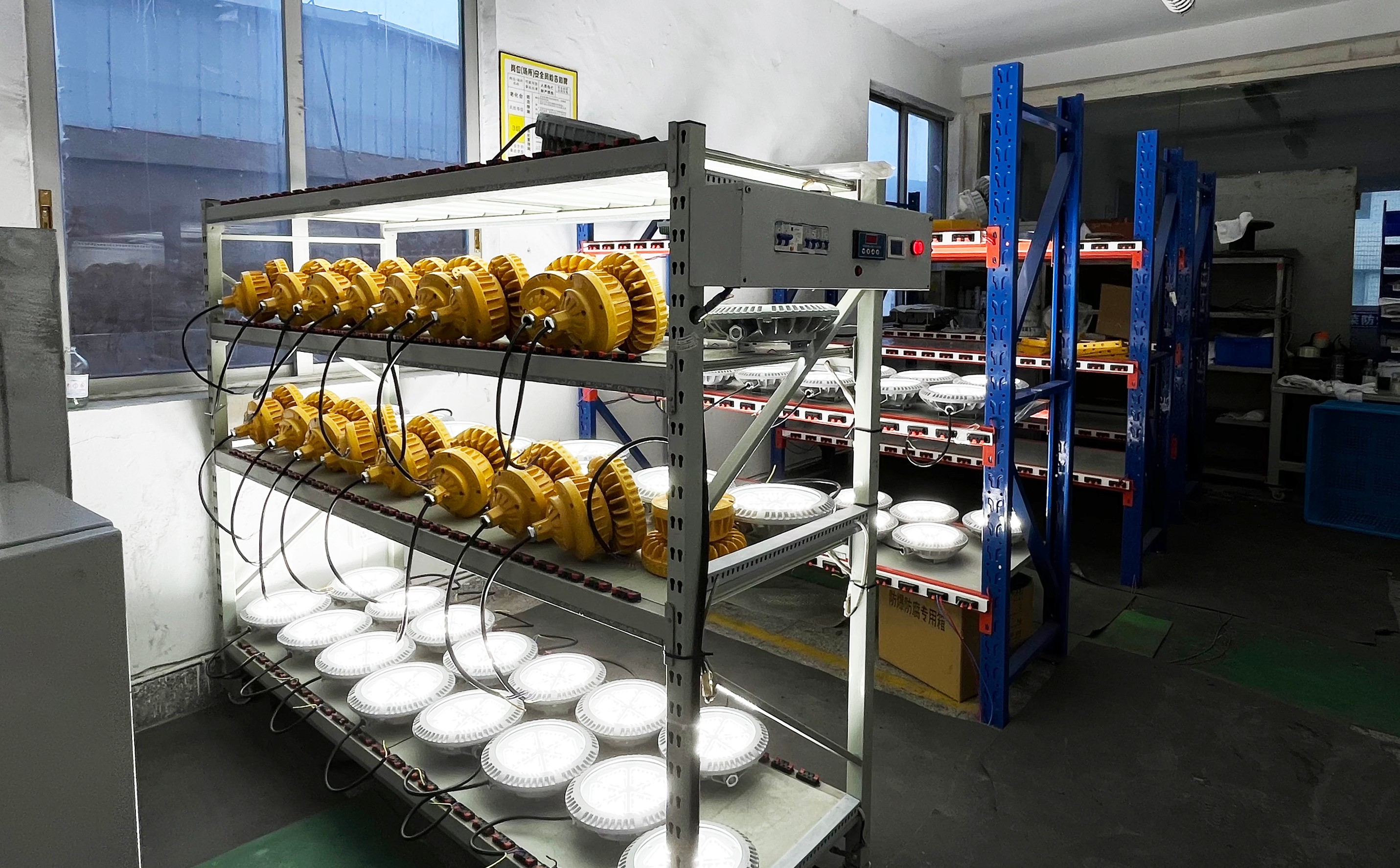Introduction

In the world of manufacturing, ensuring proper lighting is crucial for the safety and efficiency of workers. Understanding OSHA lighting standards for manufacturing is essential to create a safe and productive work environment. Compliance with these standards not only keeps employees safe but also ensures legal and financial implications are met.
Understanding OSHA Lighting Standards
OSHA sets specific regulations for lighting in manufacturing facilities to ensure adequate illumination for tasks and safety. These standards cover everything from the type of lighting fixtures to proper placement and spacing within the facility.
Importance of Compliance
Compliance with OSHA lighting standards is vital for maintaining a safe workplace environment, reducing accidents, and avoiding costly penalties or lawsuits due to non-compliance. It also contributes to improved productivity and efficiency among workers.
Keeping Employees Safe
Adhering to OSHA lighting standards helps in keeping employees safe by providing proper visibility, reducing eye strain, preventing accidents, and creating a more comfortable working environment.
Now that we have set the stage with an understanding of OSHA lighting standards for manufacturing facilities, let's delve deeper into the specific regulations and requirements set by OSHA to ensure workplace safety and compliance.
OSHA Lighting Standards Overview

When it comes to lighting standards for manufacturing, OSHA regulations play a crucial role in ensuring the safety and well-being of employees. These standards outline specific requirements for lighting in manufacturing facilities to prevent accidents and maintain a productive work environment.
OSHA Regulations for Lighting
The OSHA lighting standards for manufacturing facilities mandate that all areas where employees are working must have adequate lighting to ensure their safety and prevent accidents. These regulations specify the minimum levels of illumination required for different types of tasks, such as assembly, inspection, and maintenance.
Requirements for Manufacturing Facilities
For manufacturing facilities, the OSHA standard for lighting requires uniform illumination throughout the workspace to minimize glare and shadows. Additionally, specific areas such as stairwells, exits, and emergency equipment must have continuous illumination to facilitate safe evacuation during emergencies.
Ensuring Adequate Illumination
To comply with OSHA lighting standards, manufacturers must regularly assess their lighting systems to ensure that they provide sufficient illumination for employees to perform their tasks safely and effectively. This includes maintaining proper light levels and addressing any issues with flickering or dimming lights promptly.
By understanding the OSHA lighting standards for manufacturing facilities and implementing appropriate measures, businesses can create a safer work environment while also improving productivity and efficiency.
Implementing OSHA Lighting Standards

When it comes to implementing OSHA lighting standards for manufacturing facilities, choosing the right lighting fixtures is crucial. The standards require fixtures that provide adequate illumination for all tasks performed in the workplace, ensuring safety and productivity. It's important to select fixtures that are durable, energy-efficient, and suitable for the specific needs of your facility.
Choosing the Right Lighting Fixtures
Selecting lighting fixtures that meet OSHA standards for manufacturing is essential to ensure a safe and productive work environment. LED high bays and linear fixtures are popular choices due to their energy efficiency and long lifespan. When choosing fixtures, consider factors such as color temperature, CRI (Color Rendering Index), and lumen output to ensure optimal visibility and safety in the workplace.
Proper Placement and Spacing
Proper placement and spacing of lighting fixtures play a key role in meeting OSHA lighting standards for manufacturing facilities. It's important to strategically position fixtures to eliminate shadows, reduce glare, and provide uniform illumination throughout the workspace. Adequate spacing between fixtures is necessary to ensure consistent light levels across the entire area.
Maintaining Lighting Systems
Maintaining lighting systems is essential for compliance with OSHA standards for manufacturing facilities. Regular inspections, cleaning, and maintenance of fixtures are necessary to ensure they continue to meet the required illumination levels. Additionally, proactive measures such as relamping or upgrading outdated fixtures can help maintain compliance with evolving industry standards.
Benefits of Complying with OSHA Lighting Standards

When it comes to manufacturing, adhering to OSHA lighting standards is crucial for various reasons. Firstly, improved safety and visibility are key benefits of compliance. Proper illumination ensures that workers can see clearly and avoid accidents, reducing the risk of injuries on the job. This not only creates a safer work environment but also reduces the likelihood of workplace incidents and related costs.
Improved Safety and Visibility
Proper lighting in manufacturing facilities is essential for ensuring the safety and well-being of employees. Adequate illumination helps workers navigate their surroundings with ease, reducing the risk of tripping or falling over obstacles. Clear visibility also allows for better monitoring of equipment and processes, contributing to a safer work environment overall.
Productivity and Efficiency
In addition to safety considerations, complying with OSHA lighting standards can also lead to improved productivity and efficiency in manufacturing operations. Well-lit work areas enable employees to perform tasks more accurately and efficiently, leading to increased output and higher quality products. This not only benefits the bottom line but also enhances overall operational efficiency.
Legal and Financial Implications
Failure to comply with OSHA lighting standards can have legal and financial repercussions for manufacturing facilities. Non-compliance may result in penalties or fines from regulatory authorities, impacting the company's bottom line. Moreover, inadequate lighting can lead to an increase in workplace accidents or injuries, resulting in potential litigation costs and workers' compensation claims.
By prioritizing compliance with OSHA lighting standards for manufacturing facilities, companies can ensure a safe working environment while reaping the benefits of improved productivity and efficiency without facing legal or financial consequences.
Comparison with IEC Lighting Standards

When it comes to lighting standards for manufacturing, OSHA and IEC have some key differences. While OSHA focuses on ensuring workplace safety and visibility, IEC standards are more geared towards harmonizing international compliance efforts and meeting global lighting requirements. Both standards emphasize the importance of adequate illumination in industrial settings, but they have distinct approaches to achieving this goal.
IEC vs. OSHA Standards
The OSHA lighting standards for manufacturing prioritize employee safety and well-being, with specific regulations for illumination levels and lighting design in industrial facilities. On the other hand, the IEC standard for lighting systems places greater emphasis on aligning compliance efforts across different countries and regions, aiming to create a unified approach to lighting regulations on a global scale.
Harmonizing Compliance Efforts
By comparing OSHA and IEC lighting standards, companies can streamline their compliance efforts by identifying common requirements and best practices that apply across different regulatory frameworks. This can lead to more efficient implementation of lighting solutions in manufacturing facilities while ensuring that all relevant safety and performance criteria are met.
Meeting International Standards
Adhering to both OSHA and IEC lighting standards allows companies to not only meet national regulatory requirements but also align with international benchmarks for industrial lighting. This demonstrates a commitment to upholding high-quality workplace illumination practices that are recognized globally, enhancing the overall reputation of the organization within the industry.
Remember that adhering to both OSHA and IEC standards ensures your company is meeting national regulatory requirements while aligning with international benchmarks for industrial lighting!
Industrial Lighting Best Practices

When it comes to industrial lighting, proper design is crucial to meet the OSHA lighting standards for manufacturing. This includes considering the layout of the facility, the specific tasks being performed, and the potential hazards present. By taking these factors into account, companies can ensure that their lighting systems meet regulatory requirements and provide a safe and productive work environment.
Proper Lighting Design
Proper lighting design involves more than just installing fixtures throughout a facility. It requires a comprehensive understanding of the workspace and how lighting can affect safety and productivity. This includes determining optimal light levels for different areas, minimizing glare and shadows, and ensuring that critical tasks have adequate illumination. By working with experienced professionals in industrial lighting design, companies can create tailored solutions that meet OSHA's rigorous standards.
In addition to meeting safety standards, proper lighting design can also contribute to energy efficiency within a facility. By utilizing energy-efficient lighting fixtures and controls, companies can reduce their environmental impact and save on utility costs. This not only benefits the bottom line but also demonstrates a commitment to sustainability, which can be an important consideration for both customers and stakeholders. Implementing energy-efficient lighting solutions can also position a company as a leader in their industry and showcase their dedication to responsible business practices.
Energy Efficiency Considerations
In addition to meeting OSHA lighting standards for manufacturing, companies should also consider energy efficiency when designing their lighting systems. This involves choosing fixtures and technologies that minimize energy consumption without sacrificing illumination quality. LED lighting, motion sensors, and daylight harvesting are just a few examples of energy-efficient solutions that can help companies reduce their environmental footprint while cutting operational costs.
One innovative technology that companies can consider for their lighting systems is smart lighting control. Smart lighting systems use advanced sensors and software to adjust light levels based on occupancy, natural light availability, and time of day. This not only optimizes energy usage but also enhances employee comfort and productivity by providing the right amount of light when and where it's needed. By investing in smart lighting control, companies can stay at the forefront of technological advancements while reaping the benefits of energy savings and improved work environments.
Incorporating Advanced Technologies
As technology continues to advance, so do the options for industrial lighting systems. Companies looking to exceed OSHA's minimum requirements can explore advanced technologies such as smart lighting controls, wireless connectivity, and predictive maintenance capabilities. These innovations not only enhance safety and efficiency but also position businesses at the forefront of industry trends.
With smart lighting controls, businesses can adjust the brightness and color temperature of industrial lighting systems to create optimal working conditions for employees. This not only improves productivity but also contributes to employee well-being by reducing eye strain and fatigue. Additionally, the ability to customize lighting settings can lead to energy savings and a reduction in operational costs.
Conclusion

In conclusion, complying with OSHA lighting standards for manufacturing is crucial for enhancing workplace safety and meeting regulatory requirements. By ensuring adequate illumination and implementing best practices, companies can improve employee safety, productivity, and efficiency. Continuous improvement with Jinrong's expertise can help harmonize compliance efforts and meet international standards.
Enhancing Workplace Safety
Adhering to lighting standards for manufacturing not only keeps employees safe but also reduces the risk of accidents and injuries in the workplace. Proper illumination ensures better visibility, minimizing the chances of errors or mishaps during production processes.
In addition to reducing the risk of accidents and injuries, proper lighting in manufacturing facilities can also contribute to employee well-being and productivity. Adequate illumination has been shown to improve mood and reduce eye strain, leading to a more comfortable and efficient work environment. By prioritizing workplace safety through proper lighting, employers can demonstrate their commitment to the health and satisfaction of their employees.
Meeting Regulatory Requirements
Meeting OSHA lighting standards for manufacturing facilities is essential to avoid penalties and legal implications. Compliance demonstrates a commitment to creating a safe work environment, which is vital for upholding industry regulations and maintaining a positive reputation. By ensuring that lighting levels are adequate and properly distributed throughout the facility, businesses can also improve productivity and reduce the risk of accidents or errors. Additionally, meeting these standards can help attract top talent who prioritize safety and well-being in the workplace, ultimately contributing to a more positive and efficient work environment.
Continuous Improvement with Jinrong's Expertise
Partnering with Jinrong allows companies to continuously improve their lighting systems by incorporating advanced technologies and energy-efficient solutions. This ensures that industrial lighting meets the highest standards while optimizing energy consumption.
Partnering with Jinrong also provides companies with access to the latest industry trends and innovations in lighting technology. By staying ahead of the curve, businesses can ensure that their lighting systems remain cutting-edge and competitive in the market. This ongoing commitment to improvement reflects positively on a company's brand image and demonstrates a dedication to sustainability and efficiency.

